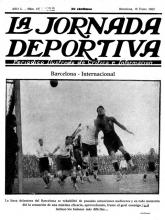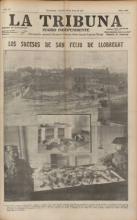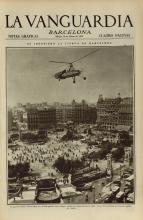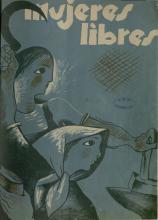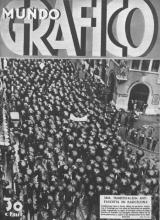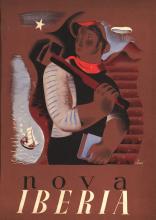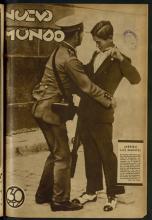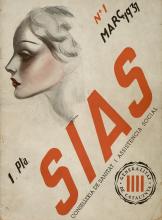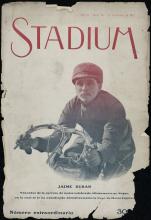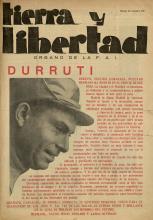P·U·B·L·I·C·A·T·I·O·N·S
- ABC
- Ahora
- Blanco y Negro
- Companya
- Crónica
- Cu-Cut
- Diario de Barcelona
- El Día Gráfico
- Estampa
- Feminal
- Grafic Sport
- Ilustració Catalana
- Imatges
- L'Esquella de la Torratxa
- La Actualidad
- La Calle
- La Campana de Gràcia
- La Esfera
- La Hormiga de Oro
- La Ilustración Obrera
- La Jornada Deportiva
- La Tribuna
- La Vanguardia
- Mujeres Libres
- Mundo Gráfico
- Nova Iberia
- Nuevo Mundo
- S.I.A.S
- Stadium
- Tierra y Libertad
- Última Hora
- Umbral
